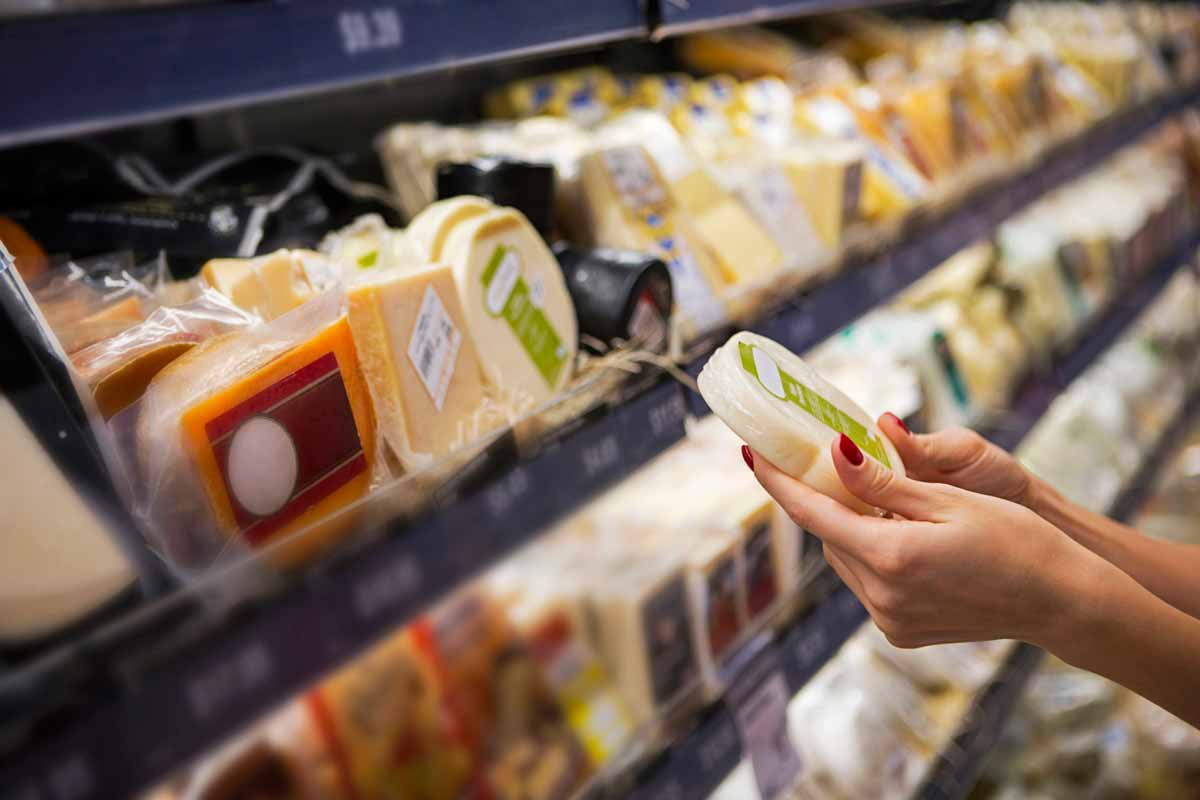Testing recommendations for PFAS
EDF's testing recommendations for PFAS
Companies should test selected food ingredients for per- and poly-fluorinated alkyl substances (PFAS) contamination and screen paper, paperboard and similar fiber-based products (e.g. bamboo and corn-derived polymers) for intentionally added PFAS. Specifically, companies should:
- Periodically test food ingredients that are potentially contaminated with PFAS using FDA’s approved method, and investigate possible sources whenever measurable PFAS is found.
- Systematically screen paper and plastic products intended to contact food for presence of total organic flourine and investigate levels over 100 parts per million (ppm) which indicate likely intentional use.

Why test for PFAS?
The extent of PFAS food contamination is poorly understood but potentially significant, especially when food is produced around facilities where PFAS is or has been manufactured, processed or used. In addition, there are significant concerns that PFAS-treated paper, paperboard and similar fiber-based food contact articles such as bowls and wrappers can contaminate not only food, but paper recycling and composting operations as well.
In 2021, an EPA report led to EDF’s analysis showing that fluorination of plastic is commonly used to treat polyethylene and polypropylene containers ranging from final consumer product and food packaging as well as larger containers and drums used in restaurants and manufacturing facilities, respectively. PFAS are also intentionally used as processing aids to make plastics intended for food contact, either for final packaging or processing equipment. The widespread use of PFAS in both everyday and industrial materials can contaminate food as well as recycling streams.
Given PFAS’ potential health and environmental consequences and recent attention in the media, food manufacturers and retailers need to know that their products are not contaminated. Testing is the best method to instill confidence. While food manufacturers and retailers may specify that PFAS-treated food contact articles are not used, low-cost screening tools can help verify compliance.

The problem with PFAS: A deep-dive
Why are PFAS important?
Virtually all Americans have PFAS in their body due to the chemicals’ extensive use in consumer products and industrial facilities, persistence in the environment, and the tendency of some forms to bioaccumulate in the human body. The two most thoroughly studied PFAS chemicals, PFOA and PFOS, are associated with an array of serious health risks at very low levels of exposure; emerging evidence indicates that other PFAS forms are also problematic.
Given the mounting evidence, EDF recommends that food manufacturers avoid the intentional use of PFAS in food packaging. Click here for more information about the health implications of PFAS.

Are PFAS really in food?
Yes. PFAS have received a great deal of national attention, mostly due to contamination of drinking water affecting millions of Americans. Environmental contamination results from firefighting foam; releases from chemical manufacturing; industrial uses in paper and textile mills and metal plating operations; and contaminated biosolids from wastewater treatment used as fertilizer in farming. Food may also be contaminated from the intentional use of PFAS in paper, paperboard and similar fiber-based food packaging.
In 2019, FDA released testing results that found PFAS contamination in produce at farmer’s markets in North Carolina near a manufacturing facility and in dairy products in New Mexico from a firefighting foam used at a nearby military base. Contamination has also been found in food in other states.
In 2021, results from FDA’s first survey of PFAS in nationally distributed processed foods showed that three food samples out of 167 samples had detectable levels of PFAS. The European Food Safety Authority (EFSA) detected PFAS in foods from 13 European countries between 2006 and 2012, and in 2020 set a new safety threshold for the main PFAS that accumulate in the human body.

Are PFAS still intentionally used in food contact materials?
Yes. In 2016, FDA removed approval for long-chain PFAS. However, the agency continues to allow the use of other forms of PFAS, primarily to greaseproof paper and paperboard (e.g. popcorn bags, fiber-based sandwich wrappers and bowls), and as a processing aid in the manufacturing of materials intended for food contact, including certain types of plastic (e.g. HDPE bottles). PFAS is also generated in the common fluorination treatment of polyethylene containers to minimize oxygen and moisture migration meant for food contact applications. Companies may have also self-certified additional PFAS and uses independent of FDA oversight. The additional uses include fiber-based packaging such as bamboo and corn-derived polymers that sometimes replace traditional cellulose-based paper and paperboard applications. FDA is reassessing short-chain PFAS, and, in 2020, announced that certain manufacturers agreed to phase out some short-chain PFAS used in food packaging.
Beginning in 2018, public interest and media groups, such as Mind the Store, Center for Environmental Health, and The Counter, have tested paper and cardboard products that contact foods for total fluorine to identify intentional uses. everal states including Maine and Washington have banned or begun phase-outs of PFAS from food packaging. The Biodegradable Products Institute (BPI) prohibits intentionally added fluorinated chemicals to fiber materials in its compostability certification program. For other types of foodware, the GreenScreen Certified Standard for Food Service Ware was released in Novem
